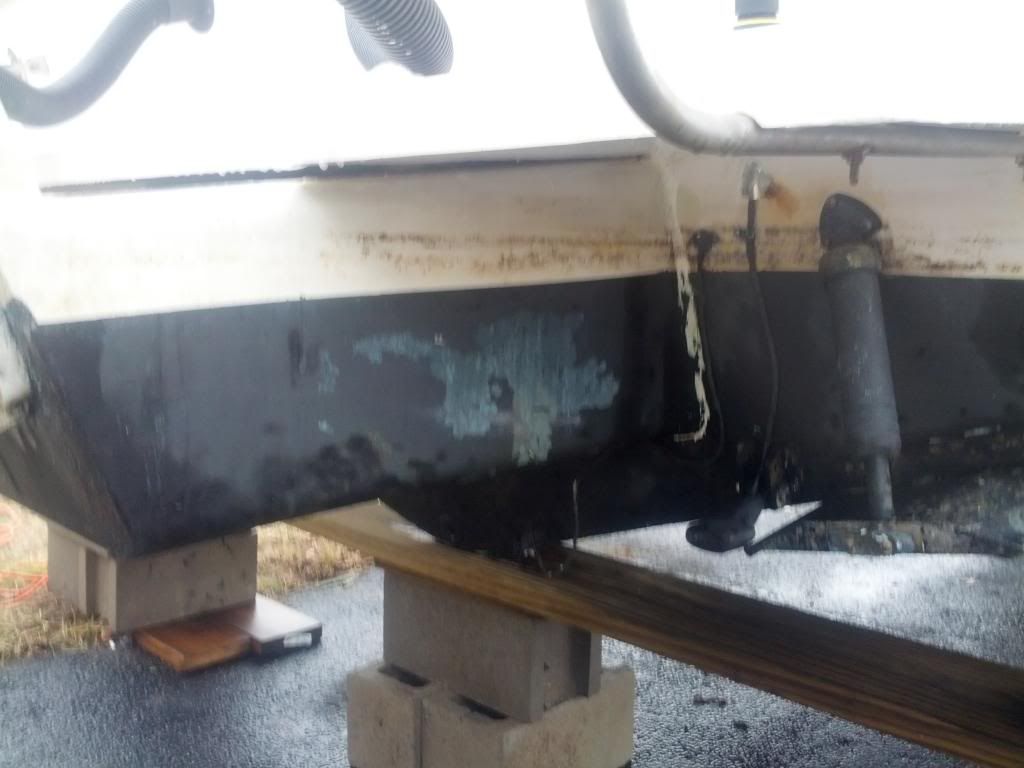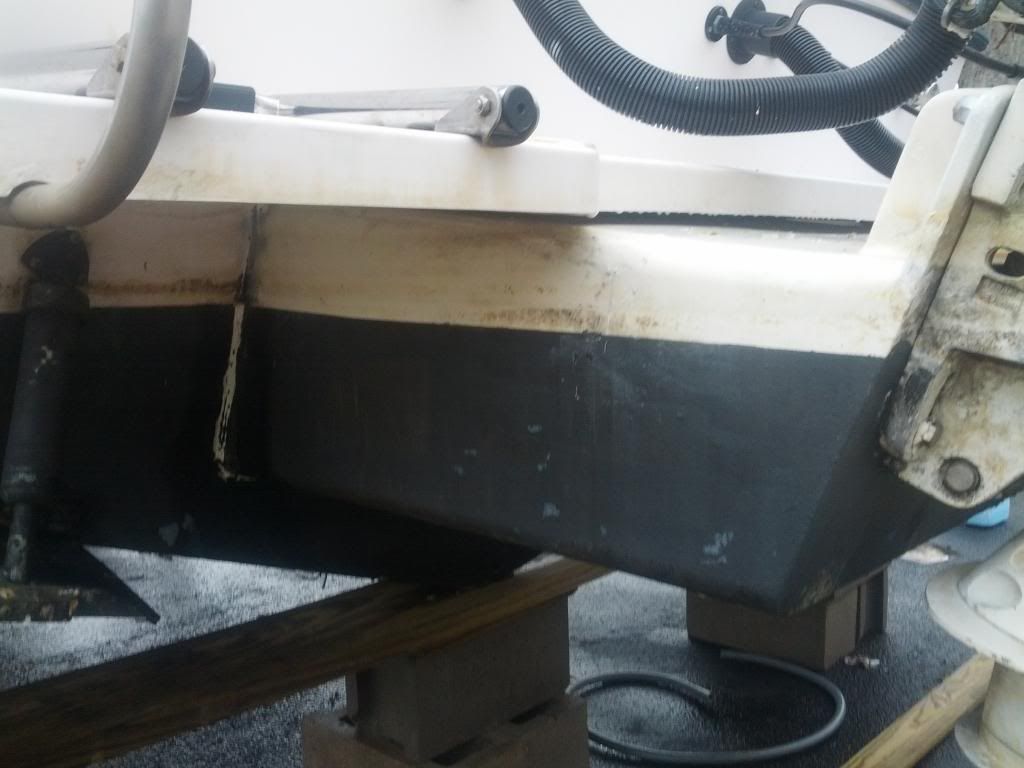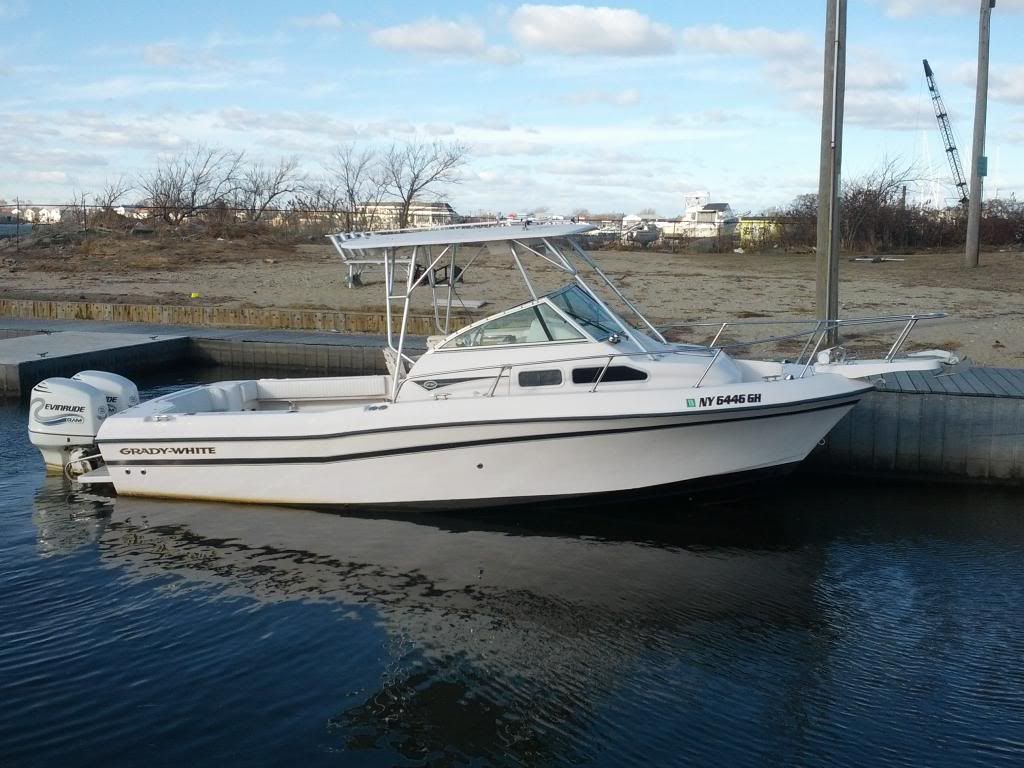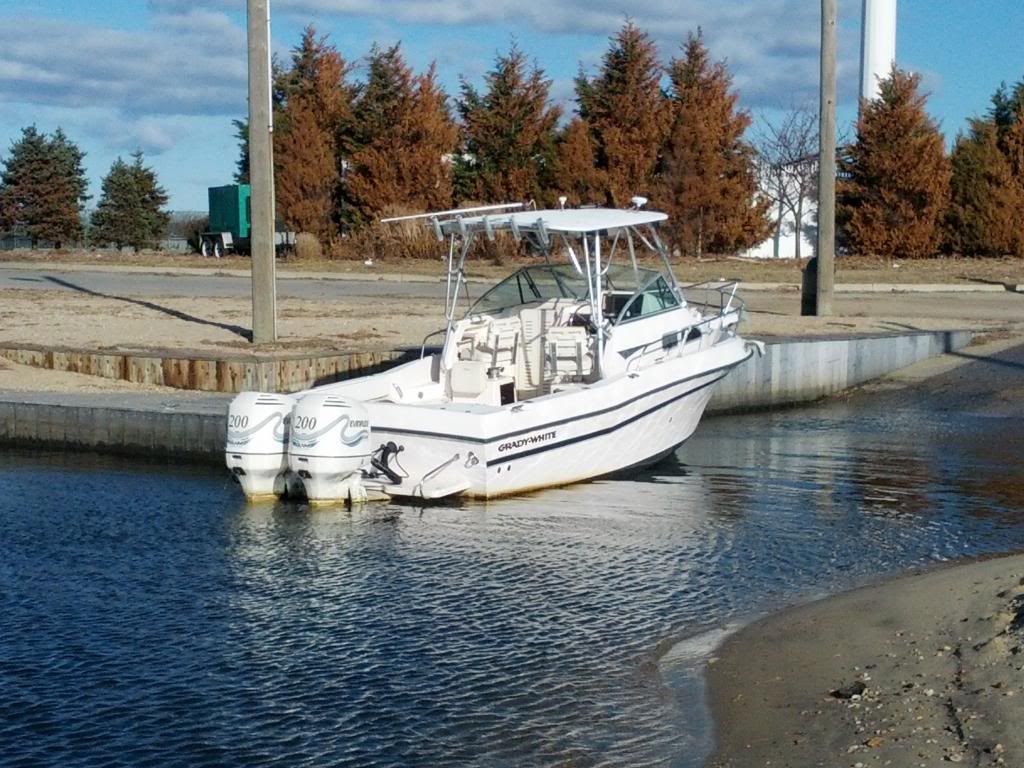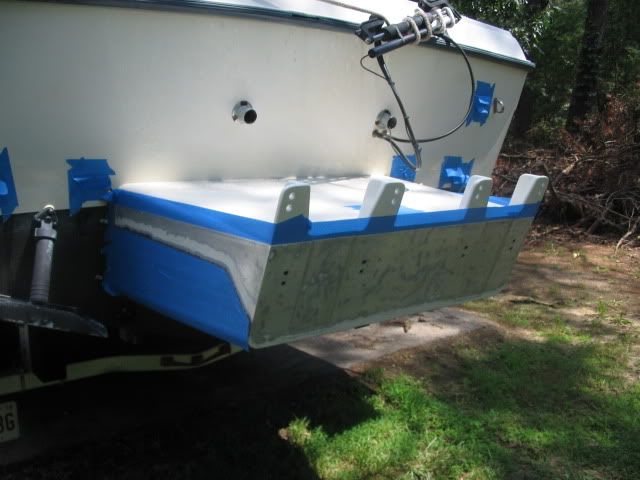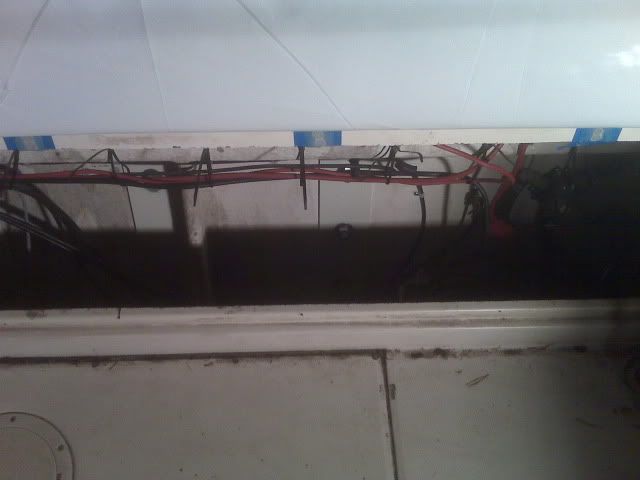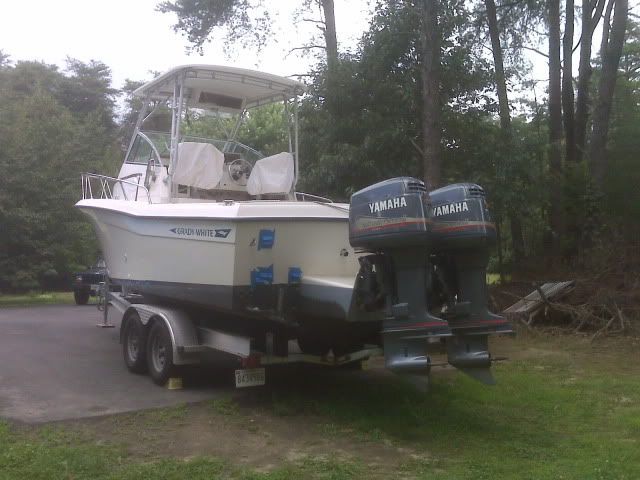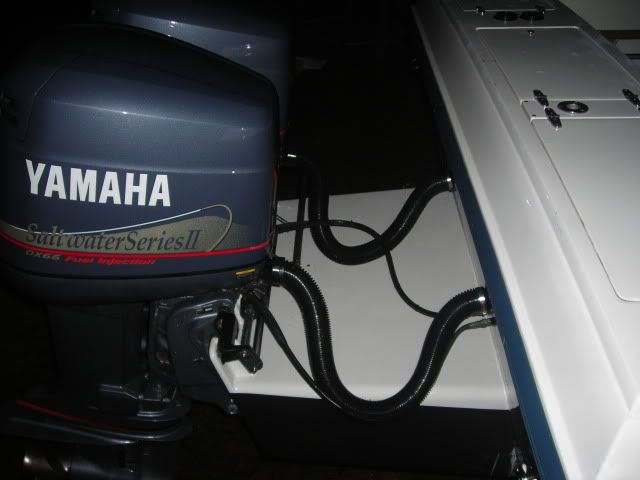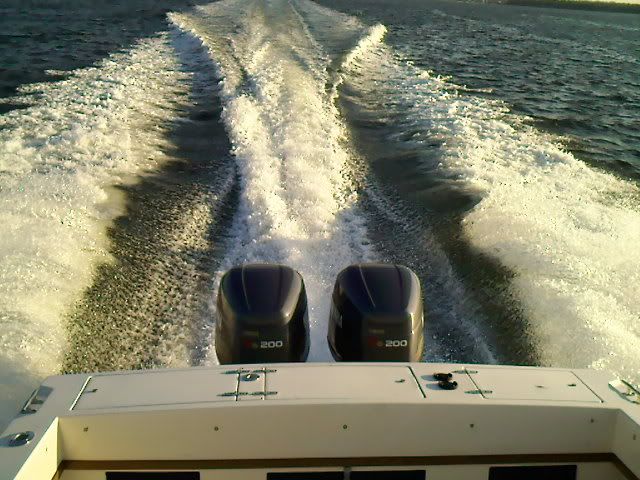- Joined
- Feb 16, 2012
- Messages
- 33
- Reaction score
- 1
- Points
- 8
Hey guys...Boat is finally out of the water..Thank God it Survived Hurricane Sandy. When I was waiting at the ramp for the hauler I Noticed again that the boat was sitting really low at the stern and when I got it back to the house the engine bracket was topped off with water...I was wondering if anyone has had the same problem. Any things I should check?? reseal??? I was looking to have it removed and refinished because the powder coat is chipping in some spots. The Drain plug was sealed good but the access plate didn't look so good. Anyone ever had their bracket removed and refinished...if so how much would something like that cost???? I spoke the Armstrong and they are now the suppliers of brackets to Grady White. He said $3800 for the Gulfstream...Bracket and intergrated swim platform..Any Advice??
